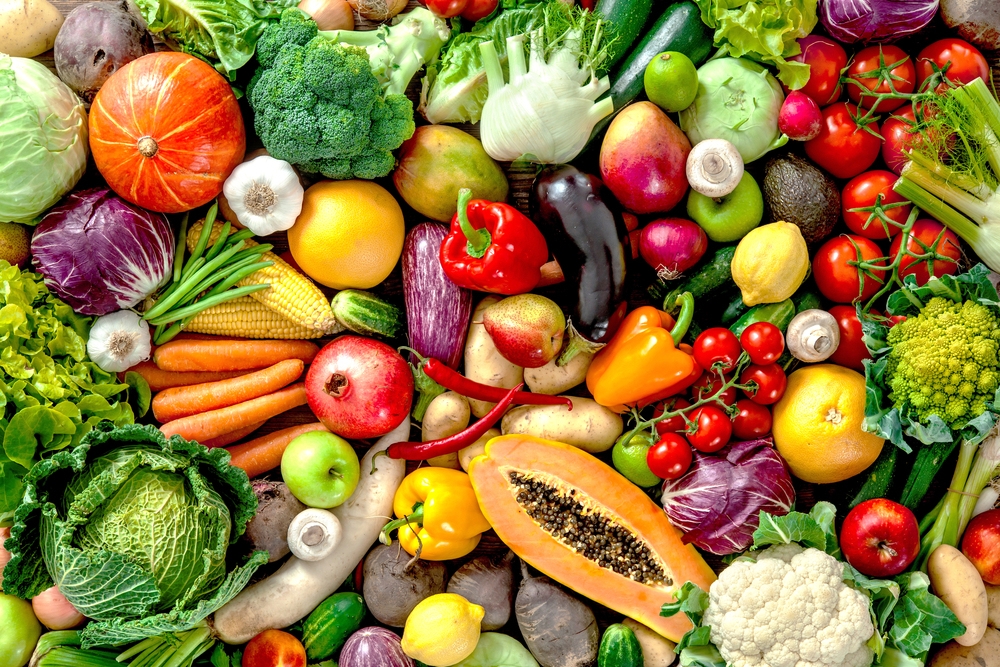
1. Find yourself in need of what
Based on your age, height, weight, physical activity, disease, working status, etc., understand your nutritional needs. Dietary analysis can be found by nutritionists, exercise amount can be found by private education, and can also be calculated through App, exercise bracelets, software, etc.
2. Enjoy delicious food and control the total amount.
With the improvement of material conditions, we often have the opportunity to taste various delicious foods. These foods are not poisonous in themselves, but eating too much is easy to increase the risk of various chronic diseases. Eat better and eat less at a time.
Step 3: Strong Bones
The incidence of osteoporosis in women is much higher than that in men. In addition to hormones, fertility and other reasons, it is also related to the lack of exercise in many women. Therefore, in order to strengthen bones, in addition to calcium and vitamin D, it is also important to eat more vegetables and increase resistance exercise.
4. One and a half kilos of fruits and vegetables a day
Vegetables and fruits can effectively reduce the incidence rate of various chronic diseases and ensure to eat about one kilo of vegetables and half a kilo of fruits every day.
5. Whole grains of coarse grains replace refined rice and white flour.
Common vitamins, minerals and dietary fiber in rice flour are relatively small. Breakfast soaking oatmeal, sweet potato and brown rice instead of rice at night can effectively increase the intake of dietary fiber. In addition, it can also increase satiety and delay the speed of blood sugar rise, which is very helpful for preventing constipation and improving the three highs.

6. Women are made of water
Drink plenty of water. Don’t forget to drink water when you get up in the morning, when you get to work, before and after exercise. Including the soup and water in the food, you can drink about 2 L a day, and at least 1.2 L should also be drunk. It is best not to drink drinks, especially sweet drinks and wine. Remind you that many times you feel hungry, but it may actually be because you are thirsty. Drinking water in time helps to control your weight.
7. Don’t Forget Meat
At ordinary times, livestock and poultry meat can be eaten 50 ~ 75g and fish and shrimp 75 ~ 100g every day. If iron deficiency anemia or weakness already exists, you can eat three or two ounces, but pay attention to choosing lean meat, and remember to peel poultry meat.
Try not to buy commercially available processed red meat (sausage, ham), Fish should be fresh and hygienic as far as possible. Sharks, sailfish, golden mackerel, square head fish and other large predatory fish should not be eaten because of their high mercury content. Animal liver is rich in nutrition, but considering the risk of excessive vitamin A and heavy metals, it is not recommended for ordinary people to eat it frequently. Whole blood products are rich in iron and can be eaten more if they can ensure freshness and hygiene.
8. Cook for yourself
For your own health, cook more at home. Try to make it light, more vegetables, more ingredients and make your own decisions completely.
9. Know about eating what
When shopping, pay attention to the nutrition list and ingredient list on the package to understand what you eat, especially when buying snacks.
Step 10 Move
Many women complain to me that their hands and feet are cold, they are often afraid of the cold, and they are prone to colds. Analyzing their living habits, we will find that they seldom exercise. Arrange at least two and a half hours of activities per week! Walk fast, dance, swim and so on are all good. If you always feel that you have no motivation, you can call your family, relatives and friends together, which is warm and healthy.
Author: Gu Zhongyi
Clove Garden is exclusively authorized and cannot be reproduced without permission.
